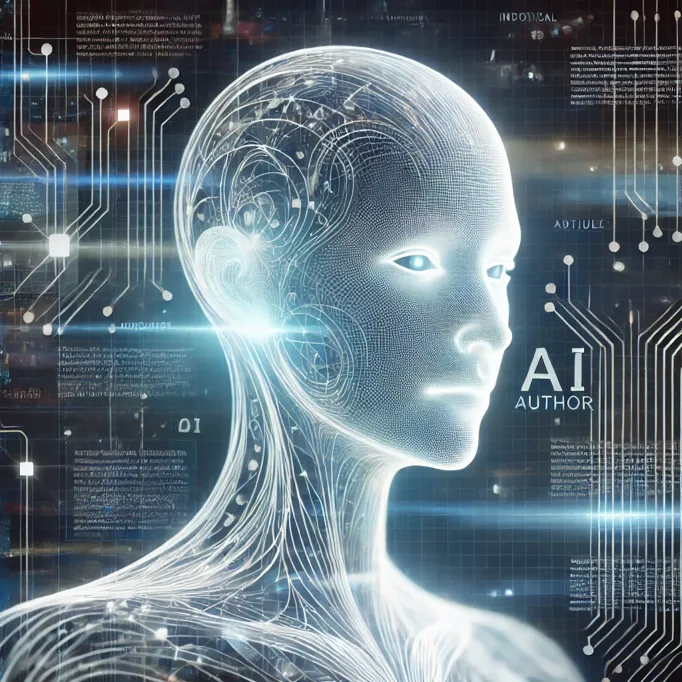The Future of Coffee: Navigating Challenges and Innovations
As a coffee enthusiast living in Kansas, the intricate journey of coffee from farm to cup has always fascinated me. Coffee is one of the world's most traded commodities, not only fueling our mornings but also driving a global culture. However, recent developments reveal a complex landscape of challenges and innovations shaping the future of coffee. From climate change to evolving consumer preferences, the coffee industry is at a crossroads, requiring smart solutions and innovative approaches.
Challenges in Coffee Production
Climate change has emerged as a significant threat to coffee production, with rising global temperatures and unpredictable weather patterns affecting traditional coffee-growing regions. This is particularly concerning for Arabica coffee, which is sensitive to even minor temperature changes. Experts predict that over half of the current coffee-growing regions may become unsuitable by 2050. This not only impacts supply but also contributes to record-high coffee prices, as seen with Arabica trading near a 50-year high. Additionally, geopolitical instability and rising labor costs add to the price volatility, making it difficult for producers and consumers alike.
Consumer Trends and Preferences
Despite these challenges, global coffee consumption remains strong, driven by expanding coffee cultures in countries like China, Japan, and India. In the U.S., health and wellness are increasingly influencing consumer choices, with 92% of coffee lovers emphasizing the importance of health benefits in their coffee. Mushroom coffee and other functional beverages are gaining traction for their potential cognitive benefits. Moreover, consumers are demanding greater transparency and traceability in coffee production, pushing for eco-friendly and ethically sourced products.
Innovative Solutions and Alternatives
To address these challenges, the coffee industry is witnessing a wave of innovations. Companies are investing in developing climate-resistant coffee varieties to ensure long-term supply. For instance, Starbucks and Nestlé are leading efforts in distributing resilient coffee plantlets globally. Technological advances, such as predictive analytics and AI-powered traceability, aim to enhance supply chain resilience and transparency. Additionally, alternative coffee products, including lab-grown and fermented coffee, are being explored, although they face hurdles in achieving price parity with traditional coffee.
The Role of Convenience and Culture
In today's fast-paced world, convenience is a key driver in coffee consumption. Ready-to-drink (RTD) and single-serve options are popular among consumers seeking quick and easy caffeine fixes. The RTD market is projected to grow significantly, with Gen Z leading the way in adopting new flavors and formats. Meanwhile, traditional coffee rituals, like Sweden's "fika" or Georgia's shift from tea to coffee culture, highlight the deep cultural significance of coffee as a social and communal activity.
Conclusion
The future of coffee is shaped by a blend of challenges and opportunities. While climate change and price volatility pose significant threats, they also drive innovation and adaptation within the industry. As a mother and journalist from the Midwest, I appreciate the value of sustainable practices and transparency in ensuring that coffee remains an accessible and cherished part of our lives. By embracing technological advancements and consumer preferences, the coffee industry can navigate these challenges and continue to thrive. Ultimately, whether it's a simple home-brewed cup or a specialty café experience, coffee will always hold a special place in our daily rituals and social interactions.

